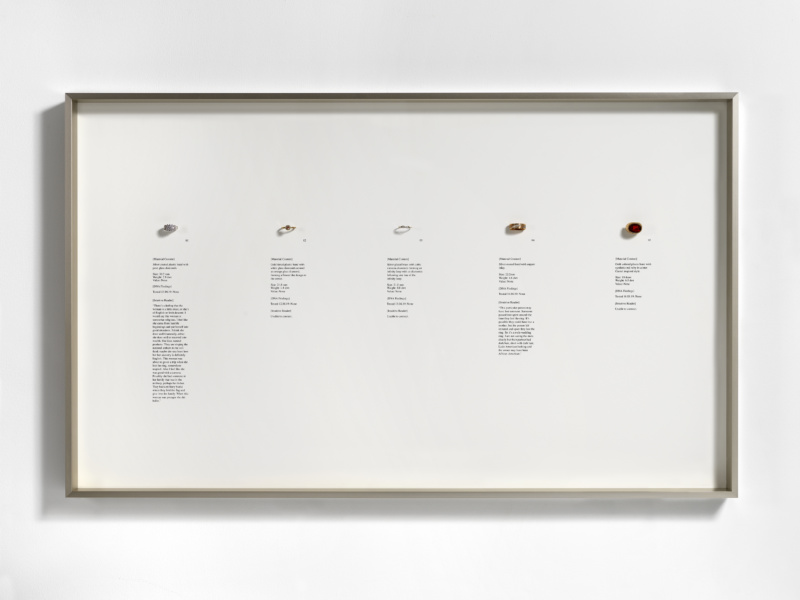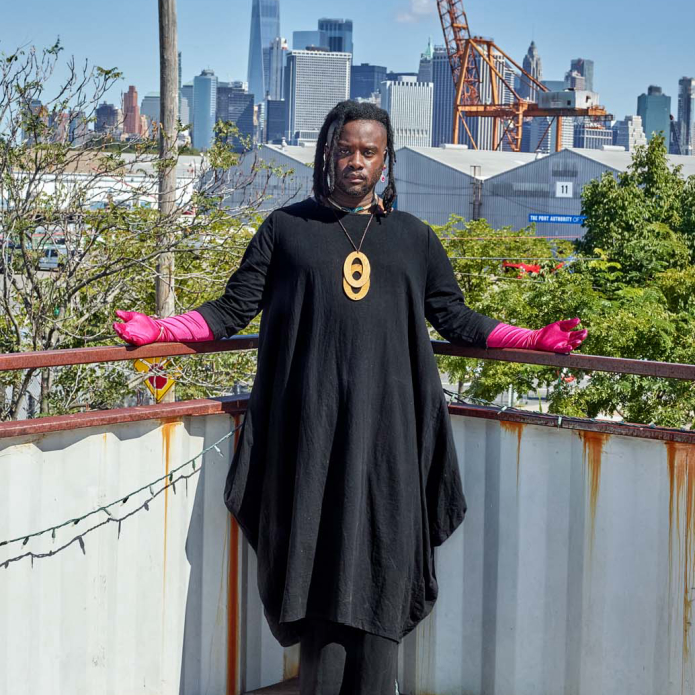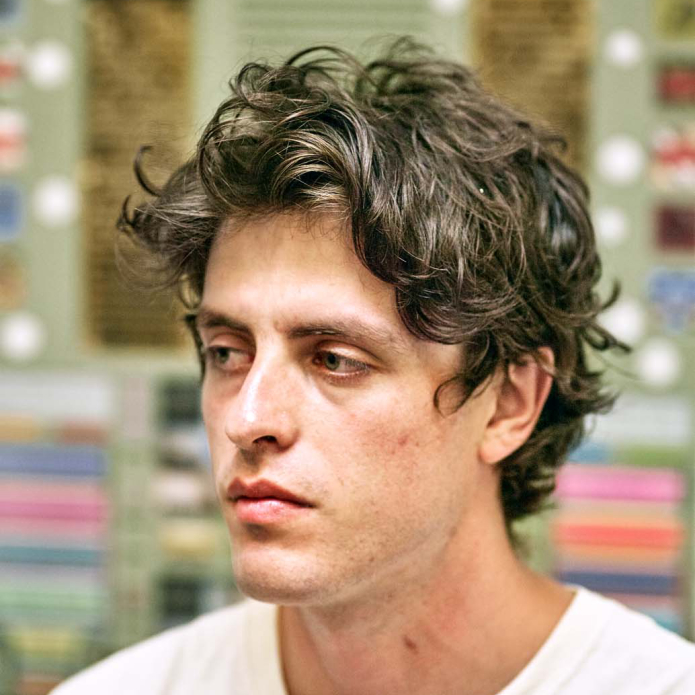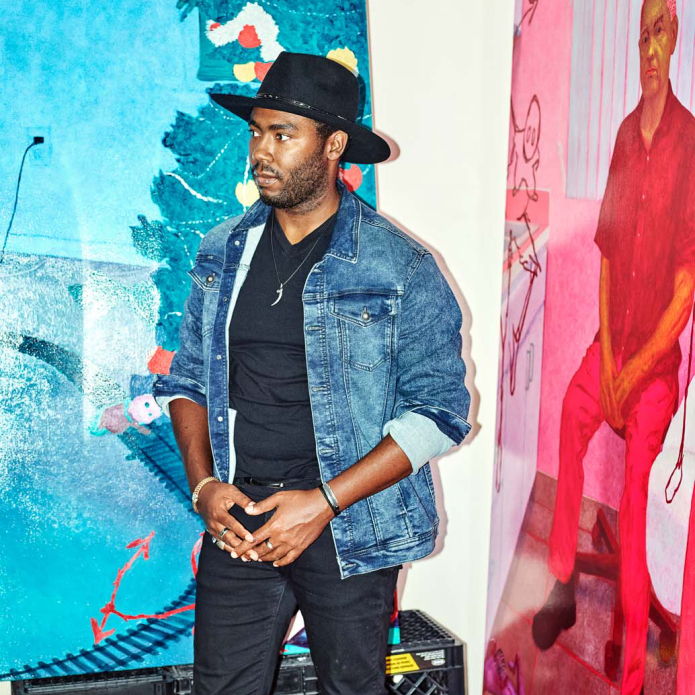
It might seem at first like Rose Salane’s work is about buildings—buildings so tall they sway in the wind, or the institutions inside them, the unseen branches of power and exchange that arc above us. Maybe the work is a portrait of the city itself, New York, the forest that holds all these mirrored, hollow trees. As an artist and an urban planning scholar, her installations cut through and display concentric rings of research about the city’s most charged points. This year, her solo show at MIT’s List Visual Arts Center reconstituted a selection of books that were formerly part of the Port Authority Library, housed on the 55th floor of the World Trade Center, which closed due to budget cuts in 1995. The books archive the kind of information the Port Authority valued within a particular historical window (pre-Internet, post-punk, the cold years of Reaganite capitalism), but also, as Salane describes, “the service economies that hold a special and important place in large cities, the workers that are around this material, use it and preserve it.” For Salane, knowledge only exists in the people who know it and all information systems, however dense or disembodied, carry traces of individual lives.

At this year’s Art Basel, she presented a collection of rings lost in the subway that she won through the auction of the New York City MTA’s Lost and Found. The rings were then read through the lens of three different information sets: a biology lab that tried to find traces of potential DNA, a pawn shop that appraised their economic worth and a psychic who felt for the energy of their former owners. This is another unconventional library. Salane’s “power objects,” as she calls them, are windows to unknown lives, but she never strays into conjecture or sentimentalism. Instead, her work challenges the dehumanization of Information Age capitalism with a different kind of information, measuring “the scale of memory” at a new height.




